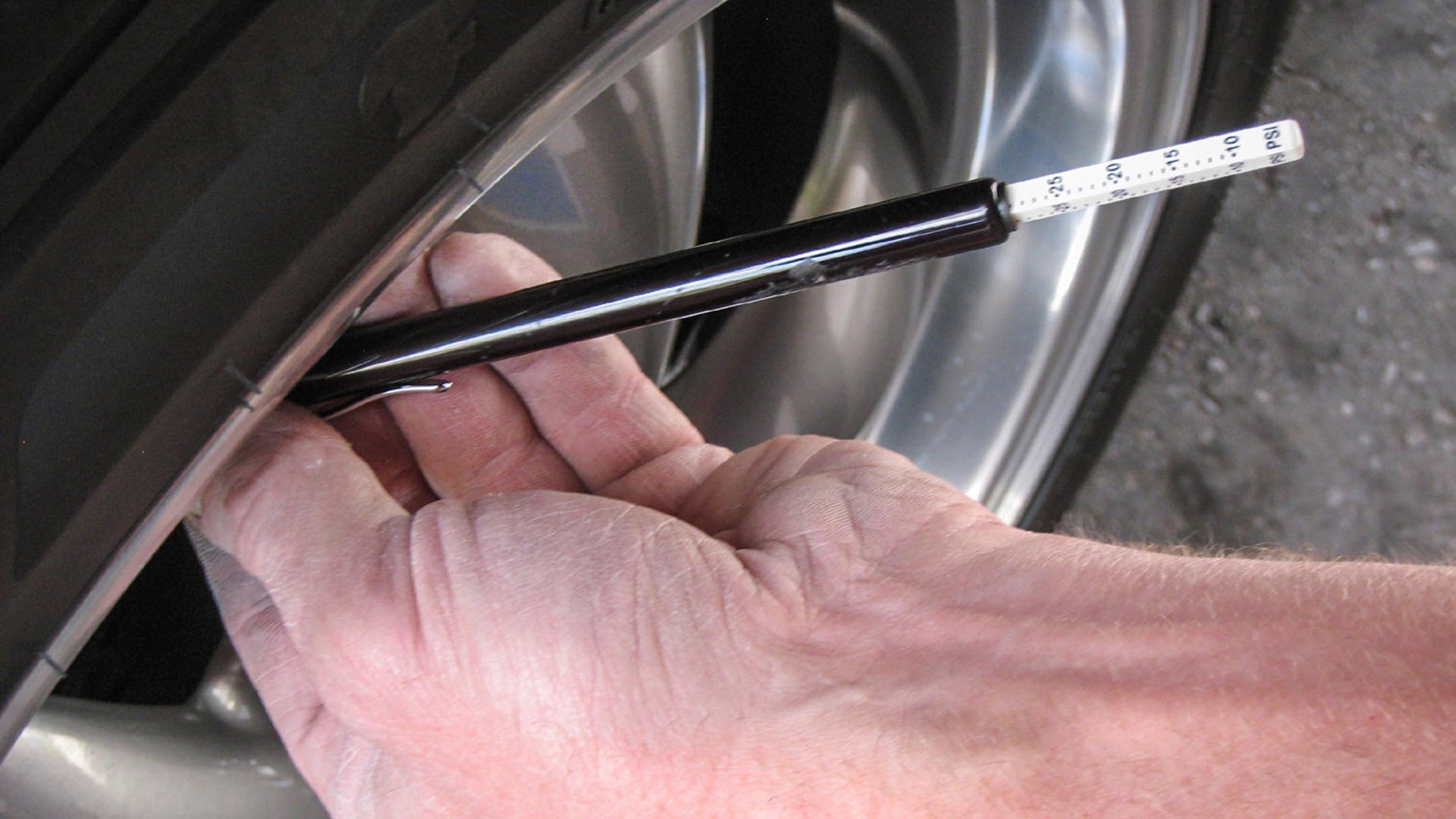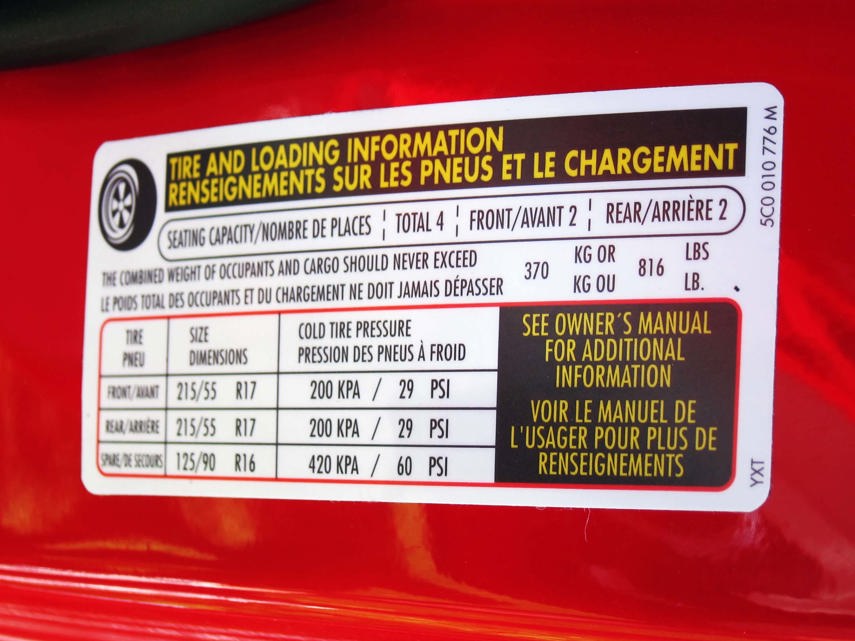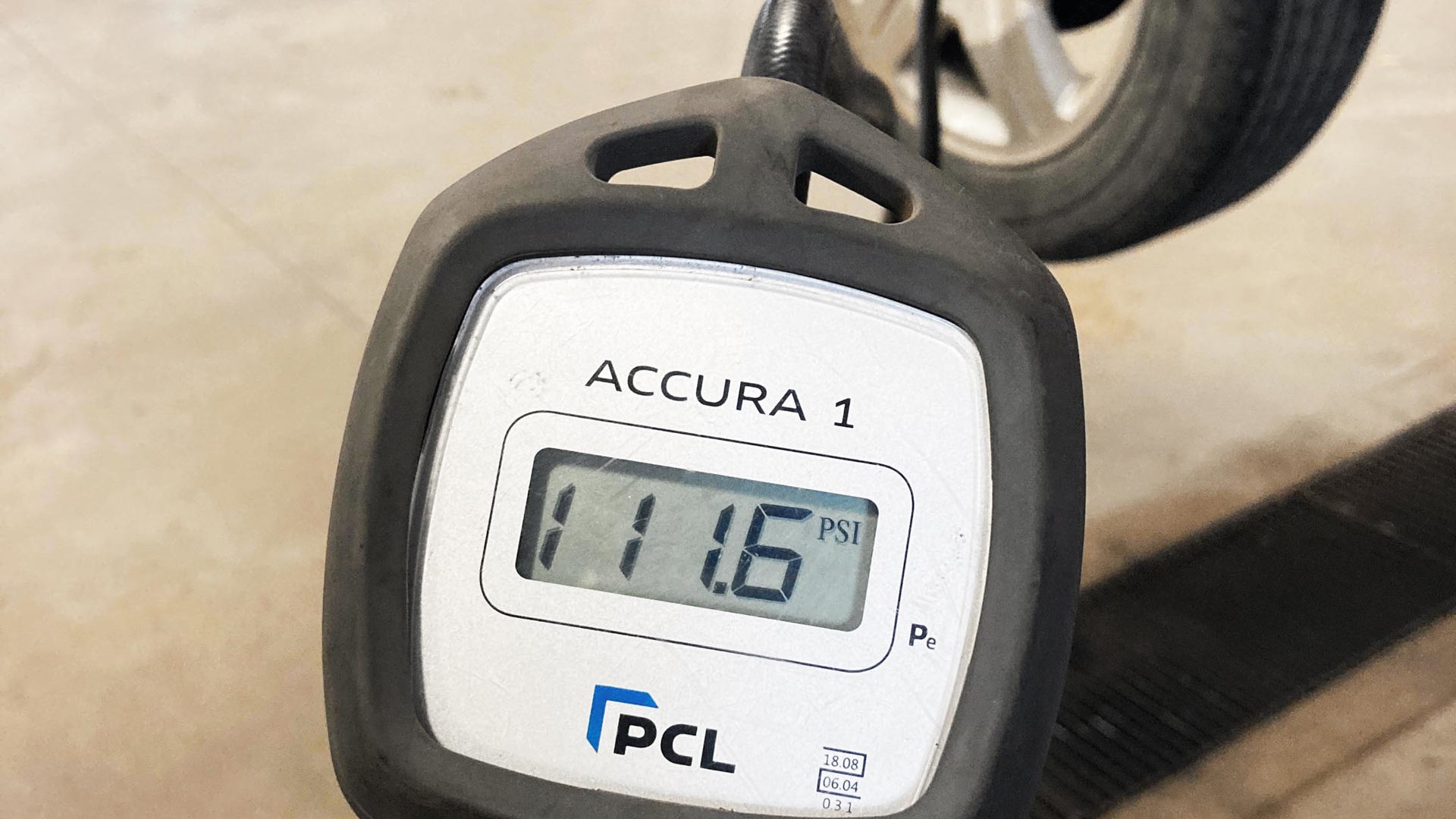Minding your tire pressure is important, and most drivers know it.
However, according to recent studies by the Tire and Rubber Association of Canada (TRAC), a good portion of us Canadians don’t understand how to check or adjust those tire pressures properly – though that doesn’t stop many of us from trying.
One report suggests that nationally, improper tire inflation pressure is responsible for wasting hundreds of millions of litres of gasoline a year. That’s why it’s important to make sure you’re checking and adjusting your tire pressure regularly. Committing to a monthly tire care routine can pay big dividends, since properly inflated tires last longer, handle better, and burn less gas.

Just make sure you know what you’re doing. In this post from Reddit, Vaultboy4111 shows what might happen if you don’t.
At first, it’s a little humorous: a customer sees a warning light from their tire pressure monitoring system (TPMS), which is designed to help drivers monitor inflation pressure via an in-car display, or alert drivers of a dangerous low-pressure situation in real time, so they can take corrective action sooner.
These systems can be fussy, especially during seasonal transition months with widely fluctuating temperatures, and on older vehicles. That’s why you need to check your tire pressure with a handheld gauge once a month, even if your vehicle has TPMS.
Anyhow, this customer’s TPMS system warning light wouldn’t turn off, so they just kept adding air. They assumed (incorrectly) that the light would vanish once optimal pressure was reached. After pumping the tire up to nearly four times its safe inflation pressure, the light remained. Defeated, the customer visited a nearby tire shop for assistance, complete with an extremely over-inflated rubber time-bomb mounted to one of their wheels.
“When your job turns you from a shop tech to bomb-defusing tech,” wrote one commenter.

Another offered this video, which shows what happens when tires explode from excessive overfilling. For context, most tires on the road need about 30 to 60 psi of inflation pressure, with smaller cars on the lower end of the scale, and heavier trucks on the other. A heavy-duty pickup may use as much as 80 psi in its tires. The customer inflated their tire to 112 psi.
That overinflated tire could’ve injured or killed the occupants of the vehicle, occupants of other vehicles, passersby, or the unsuspecting technician, should the tire have detonated while they were working on or near it.
Making matters worse, severe over-inflation also compromises the tire’s structure, meaning the tire is destroyed whether it explodes or not. Lesson learned? While checking and adjusting your tire pressure regularly is important, it’s just as important to make sure you’re doing it safely and properly. Your owner’s manual, and the literature that came with your tires, have the full scoop.

